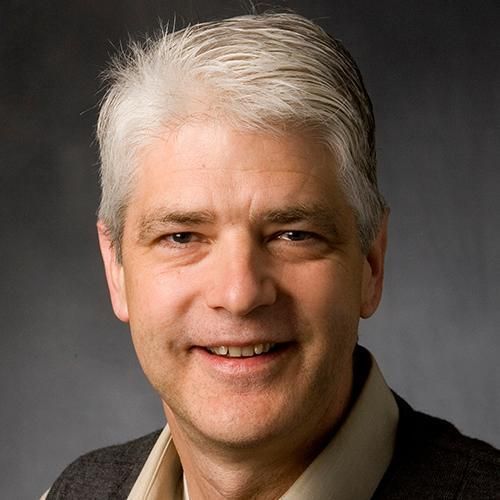Effect of pulse separation between two sequential biphasic shocks given over different lead configurations on ventricular defibrillation efficacy.
Two sequential biphasic shocks delivered over separate lead configurations markedly improve defibrillation efficacy compared with a single shock alone. We investigated the effect of varying the intershock interval between sequential biphasic shocks on defibrillation.Defibrillation thresholds (DFTs) were obtained in six dogs for shock separations ranging from 0.2 to 125 msec. The first shock was given from a catheter electrode in the right ventricular apex to a patch on the left lateral thorax; the second was from a small patch on the left ventricular apex to a catheter electrode in the right ventricular outflow tract. When the interval between shocks was less than or equal to 10 msec or greater than or equal to 75 and less than or equal to 125 msec, the mean DFTs were less than that previously found for the first shock by itself (4.2 versus 7.4 J, p = 0.002). At a separation of 50 msec, however, there was a marked rise in the DFT to 27 J. The mean DFT for the second shock at a delay of 50 msec was not different from the mean DFT previously found for the second shock by itself (7.2 versus 7.0 J). These results were confirmed in another six dogs using defibrillation probability-of-success curves. In 12 other dogs, probability-of-success curves were generated for delays between shocks as a percentage of the activation interval during ventricular fibrillation. Minimum defibrillation energy requirements were at two separations, 0.2 msec and 90% of the activation interval.The optimal intershock interval between two sequential biphasic shocks is either less than or equal to 10 msec or greater than or equal to 75 and less than or equal to 125 msec. The marked rise in the DFT at a shock separation of 50 msec, requiring more energy than that for the first shock alone, suggests that the second shock at this time delay is likely to reinduce fibrillation after it is halted by the first shock until the second shock is strong enough to defibrillate independently of the first shock.
Duke Scholars
Published In
DOI
EISSN
ISSN
Publication Date
Volume
Issue
Start / End Page
Related Subject Headings
- Ventricular Fibrillation
- Time Factors
- Heart Conduction System
- Electrodes
- Electric Countershock
- Dogs
- Cardiovascular System & Hematology
- Animals
- 4207 Sports science and exercise
- 3202 Clinical sciences
Citation
Published In
DOI
EISSN
ISSN
Publication Date
Volume
Issue
Start / End Page
Related Subject Headings
- Ventricular Fibrillation
- Time Factors
- Heart Conduction System
- Electrodes
- Electric Countershock
- Dogs
- Cardiovascular System & Hematology
- Animals
- 4207 Sports science and exercise
- 3202 Clinical sciences

